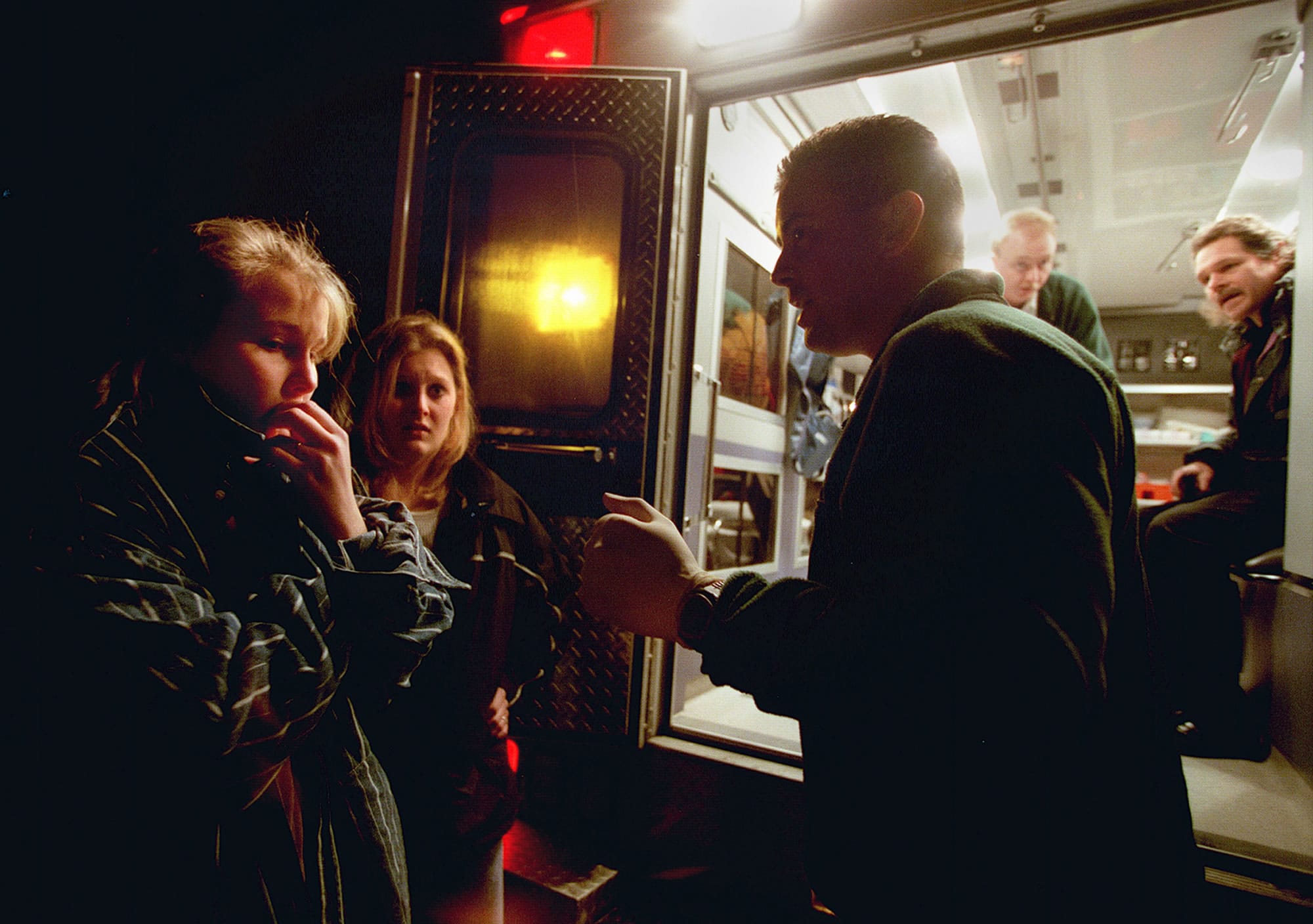PORTLAND — In the next three years, about 400 people on the brink of death will be part of a study for which they did not volunteer.
In Clark County and Oregon’s Clackamas and Washington counties, paramedics responding to unconscious people in cardiac arrest will administer CPR, then shock with a defibrillator. That’s standard procedure, but if that doesn’t work, a paramedic will pull open a mystery packet of unlabeled syringes for injection.
Inside will be either one of two heart-rhythm medications, or saline solution — salt water.
Neither paramedics nor doctors will be told what the syringes contained. Researchers later will use bar codes on the syringe to see if survival rates differ between them.
If that sounds ethically dubious and like a roll of the dice for the patient, then Dr. Mohamud Daya of Oregon Health & Science University would like to welcome you to emergency cardiac arrest care today.
“That’s the sad part about EMS,” he says. “We’re to some extent doing things without really any solid evidence to know what we’re doing.”
The study is the latest in a series of its kind and expects to include 3,000 cardiac arrests around the country. The goal: determine the best way to revive a heart that stops pumping blood, quivering randomly instead, called ventricular fibrillation. The two heart rhythm drugs, Amiodarone and Lidocaine, have been used for years. Sudden cardiac arrest, often associated with ventricular fibrillation, strikes more than 300,000 people a year in the U.S.
Normally research rules require study subjects to consent in advance. But years ago new federal regulations allowed studies like this one as long as measures are taken to alert the public, including public hearings. Those wanting to make sure they aren’t part of the study can call 503-494-8083 or email to get a free metal bracelet bearing the words “No Study.”
For now, scientists don’t know which medication is more effective — nor whether the drugs are effective at all, according to Daya.
A 1999 study found a placebo was as effective as Amiodarone for saving the lives of patients in ventricular fibrillation. Meanwhile, patients on Lidocaine were substantially less likely to make it to the hospital alive than if they were on Amiodarone, a 2002 study found.
Still, emergency responders continue to choose between the two drugs based on opinion, not science: “We’re experimenting anyway, we’re just not doing it under formal regulatory rules,” says Daya.
The study is one of a series coordinated by OHSU, one of 10 research centers participating in a national effort to improve emergency medical care. Emergency crews began using the unlabeled syringes last month in Clark County. The study rolled out Thursday in Clackamas Fire and Lake Oswego Fire. Next month it spreads to Hillsboro Fire, Tualatin Valley Fire and Rescue, and AMR Clackamas County. Multnomah County agencies won’t participate due to lack of training funds.



